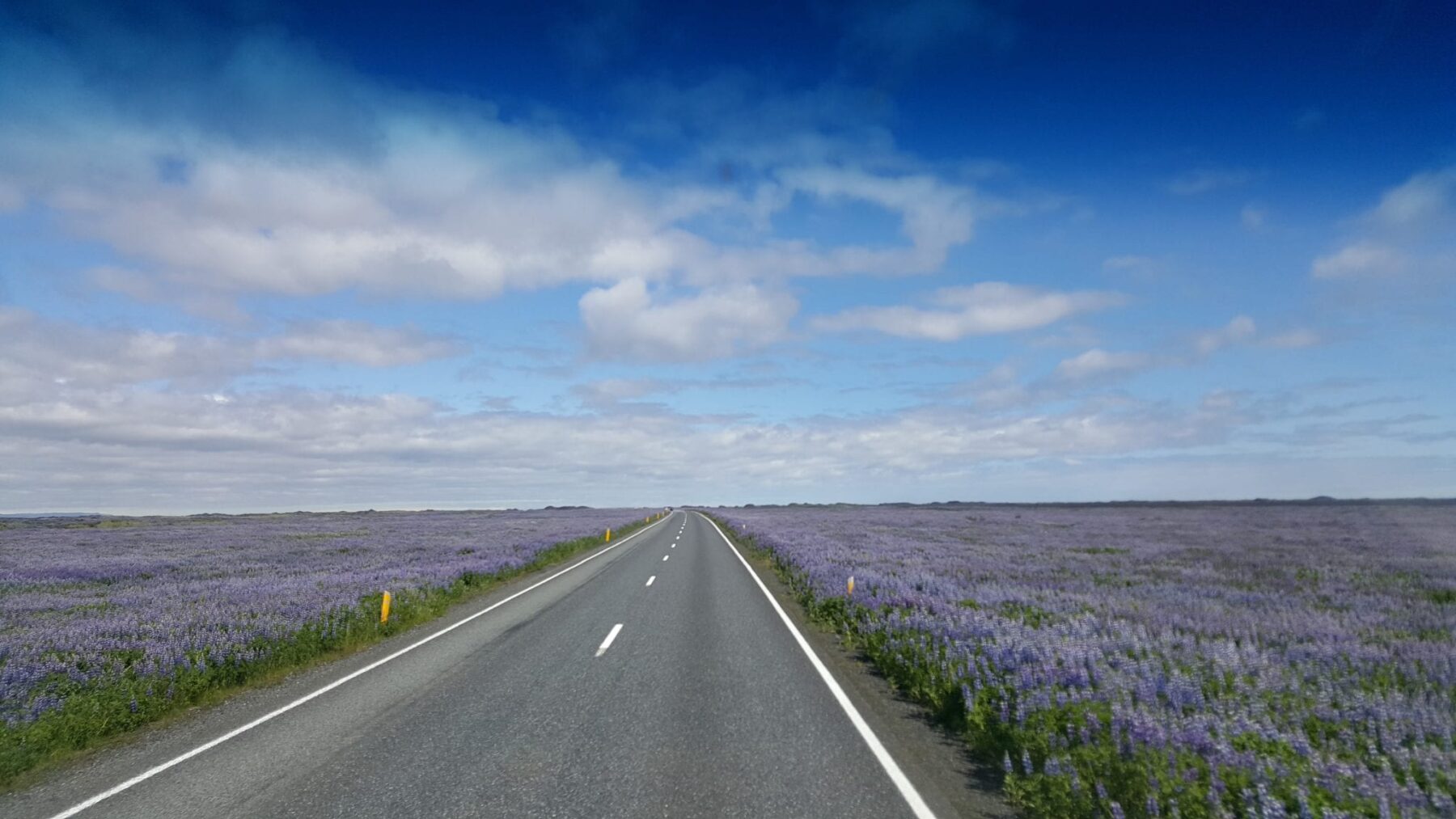Iceland is a magical country to visit at any time of year. But visiting in winter is even more wonderful. From the aurora borealis dancing across the sky to the frozen waterfalls, glaciers, ice caves and snow-covered mountains.
One of the best ways to see all this beautiful scenery is to hire a car and explore for yourself.
Now it goes without saying that driving in winter is a completely different experience to driving in the summer. The ice and snow can make it a challenge for any competent driver.
Preparation for driving in winter
If you’re planning on driving during your time in Iceland, the best vehicle for the job is 4 x 4.
Make sure your car has studded tires with spikes, that help driving when the road is slippery.
Our roads are not gritted and can, therefore, be covered in snow and ice, so always be prepared and plan extra time for your journey. We all love Google maps and it’s great for telling us how far it is to a destination, but in winter you need to allow extra time for bad road conditions and/or weather.
It’s also a great idea to have food and water supplies in your vehicle, in case your journey takes longer than planned. There can be long stretches of road without any shops, fuel stations or houses, so be prepared!
Icelandic weather
The weather in Iceland can be unpredictable and the forecast can change very fast. The weather on a normal day can change within a few hours so it’s a good idea to have a look at the forecast a few times during the day. We have a saying in Iceland “if you don’t like the weather, wait 5 minutes!”.
As well as the obvious snow and ice that comes in the winter months, Iceland has another type of weather you need to be cautious off whilst driving: the wind.
You can experience huge gusts of wind in Iceland, which are able to push your car around. So remember to drive accordingly to the weather conditions. If in doubt then go slow!
In order to keep on top of the weather as best as you can, there are some useful websites that provide regular updates. We recommend that you check these out as regularly as possible.
Safetravel.is – real-time updates of weather and road conditions and warnings
Icelandic Met Office Weather – see the local weather forecast for every part of the country
Road conditions – road conditions mapped out across the country
Weather at Hali (our meeting point)
App – For travelers to use for their trips in Iceland. It shows the conditions of the roads, and the weather, wind gusts, web cameras, etc. And it will pick out the shortest route. The app is free.
Parking your vehicle
Not only do you need to factor in the wind when driving, it’s something you need to consider when parking and getting out of your vehicle.
Always park with the wind towards you. If you’re not sure then open your window first. A common accident in Iceland is that car doors can be damaged by huge gusts of wind, and you don’t want to have your trip ruined because you can’t close your door.
Also, we know the views are amazing but it’s important not to stop your vehicle in the middle of the road. In winter months, this can be particularly dangerous. So keep yourself and others safe and please only stop at designated parking spots. We have plenty so you won’t be disappointed.
Driving in Iceland
We would always recommend that you have had some experience driving in winter conditions. It might look like a fantastic adventure but you need to be fully prepared for your own and others’ safety before taking on the challenge.
Winter daylight hours
Another thing to consider when arranging your winter trip is the hours of daylight in Iceland. During December and January, the approximate hours of daylight are 11.00-16.00. Increasing to 10.00-17.00 in November and February.
We recommend that you factor this in your planning, as driving in the dark for long distances in winter is not something we would advise.
We recommend using the following websites for updates on the road and driving conditions.
Top Tips for Driving in Iceland
– In Iceland, we drive on the right-hand side!
– The emergency number in Iceland is 112
– Headlights must be kept on at ALL times. Yes, even during the daytime.
– Single-lane bridges are common in Iceland. Simply slow down, check if anyone is driving in the other direction first. Give the right of way as appropriate.
– When driving in snow and ice, if in doubt then drive slow. This is the safest way, and even though your journey might take a little longer it’s the best option.
We want you to have a wonderful time in Iceland. If you have any further questions please do not hesitate to contact us and we will be happy to help.
Team Glacier Adventure












